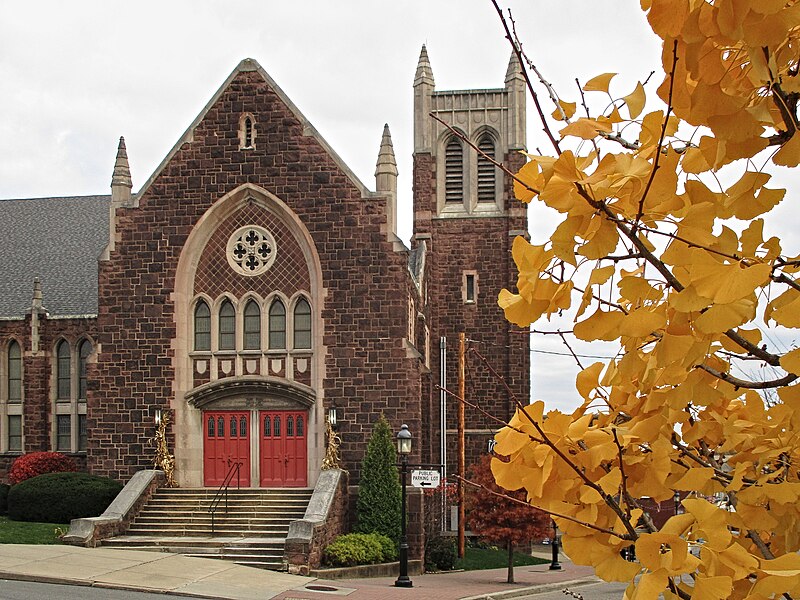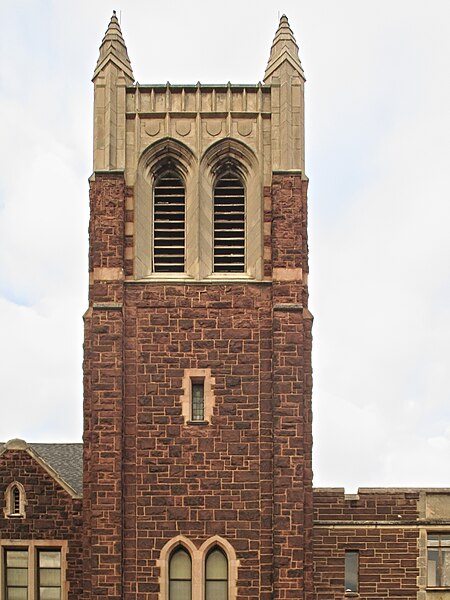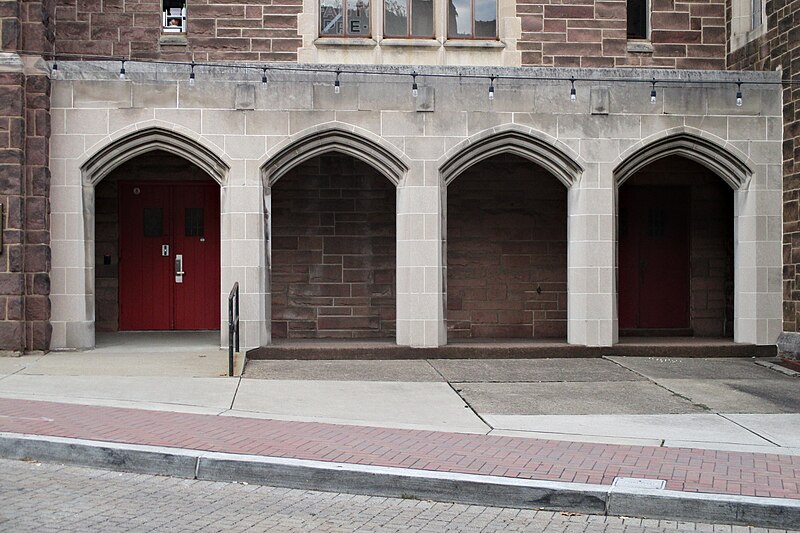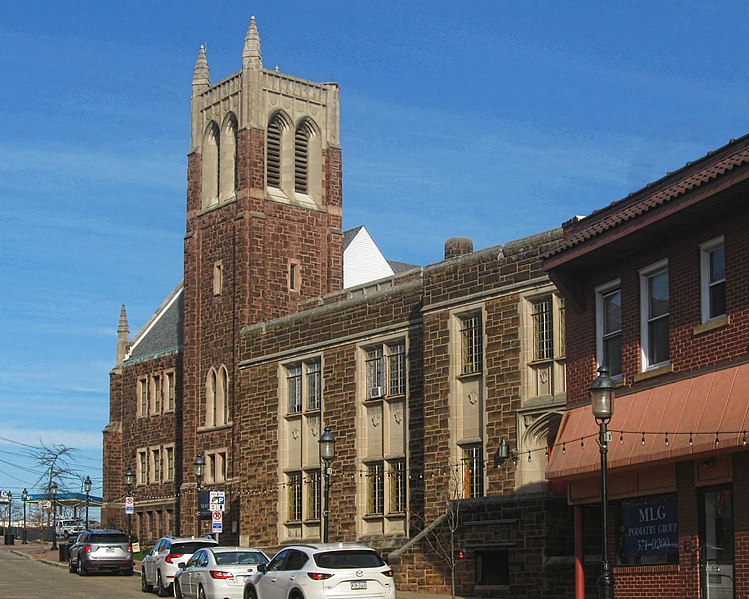
After months of work, the Hollywood, Dormont’s century-old neighborhood movie palace, is open again as the Row House Hollywood, showing an eclectic mixture of classic movies, cult films, and independent productions. As a rare undivided big-screen theater, the Hollywood is big enough to accommodate special performances, like a showing of Dreyer’s Passion of Joan of Arc with the Bach Choir of Pittsburgh.
Charles R. Geisler designed the original 1925 building (the Spanish Mission details are certainly his); Victor A. Rigaumont, Pittsburgh’s titan of Deco theaters, supervised a remodeling in 1948.

The Hollywood is an easy stroll from the Potomac station on the Red Line. There are also public parking lots nearby for the carbound, but isn’t half the fun of visiting a silent-era movie palace using a period-appropriate transit line to get there?

Comments







































